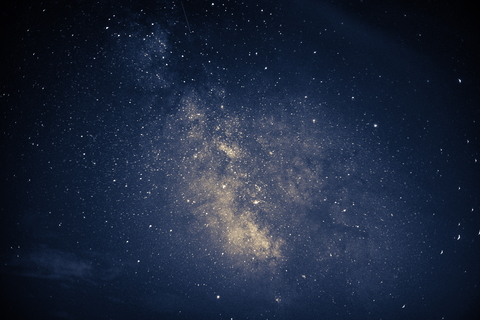Overview
Spectropolarimetry (specpol) is a powerful, albeit underutilized, tool that offers insights into the geometry and shape of unresolved astrophysical sources. This technique holds particular significance for transient phenomena, enabling our understanding of gas distribution and the structure of ejecta/debris. Such information, unattainable through spectroscopy alone, potentially harbors pivotal clues for unveiling the underlying progenitor mechanisms, dynamic processes, and physical conditions of such events. This talk aims to highlight recent advancements achieved via specpol in the understanding of Type Ia/Type II supernovae (SNe) and tidal disruption events (TDEs). Within the supernova realm, specpol helps in constraining progenitor pathways and explosion dynamics, including pre-supernova activity in core-collapse SNe. Meanwhile, for tidal disruption events, specpol sheds light on the spatial configuration of post-disruption gas around the central black hole. This, in turn, provides insights into the origins of the optical emission emanating from TDEs.
